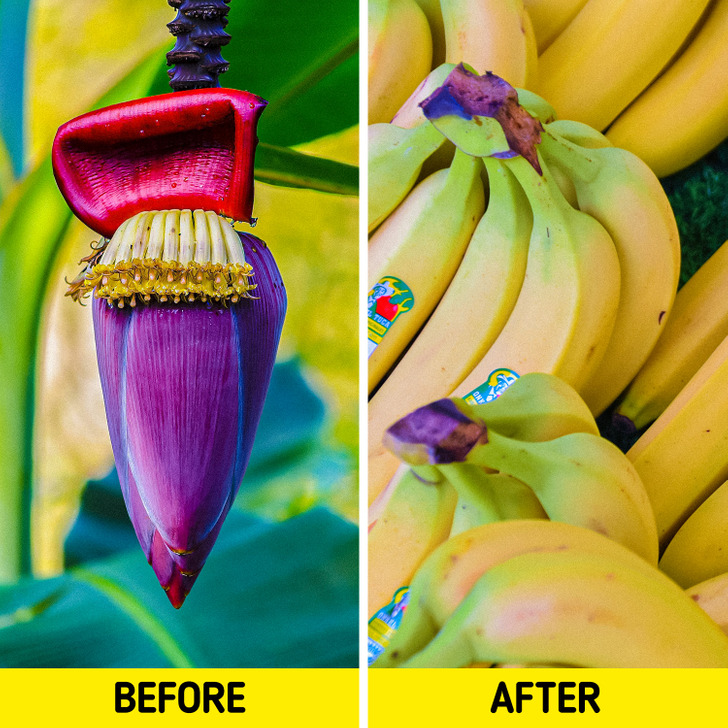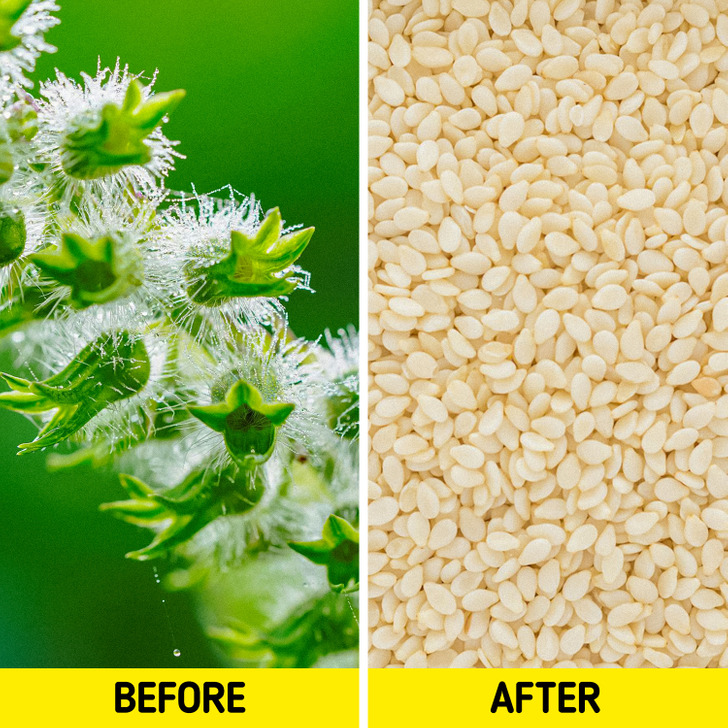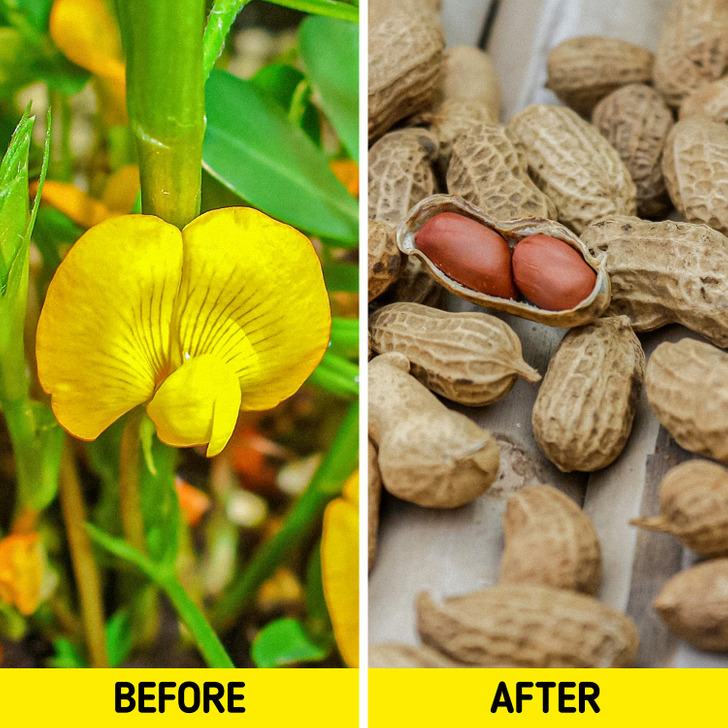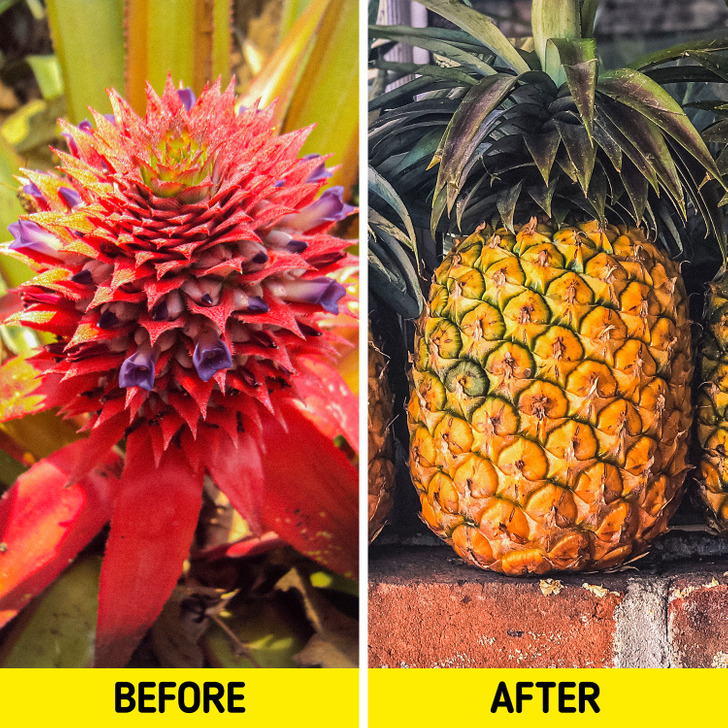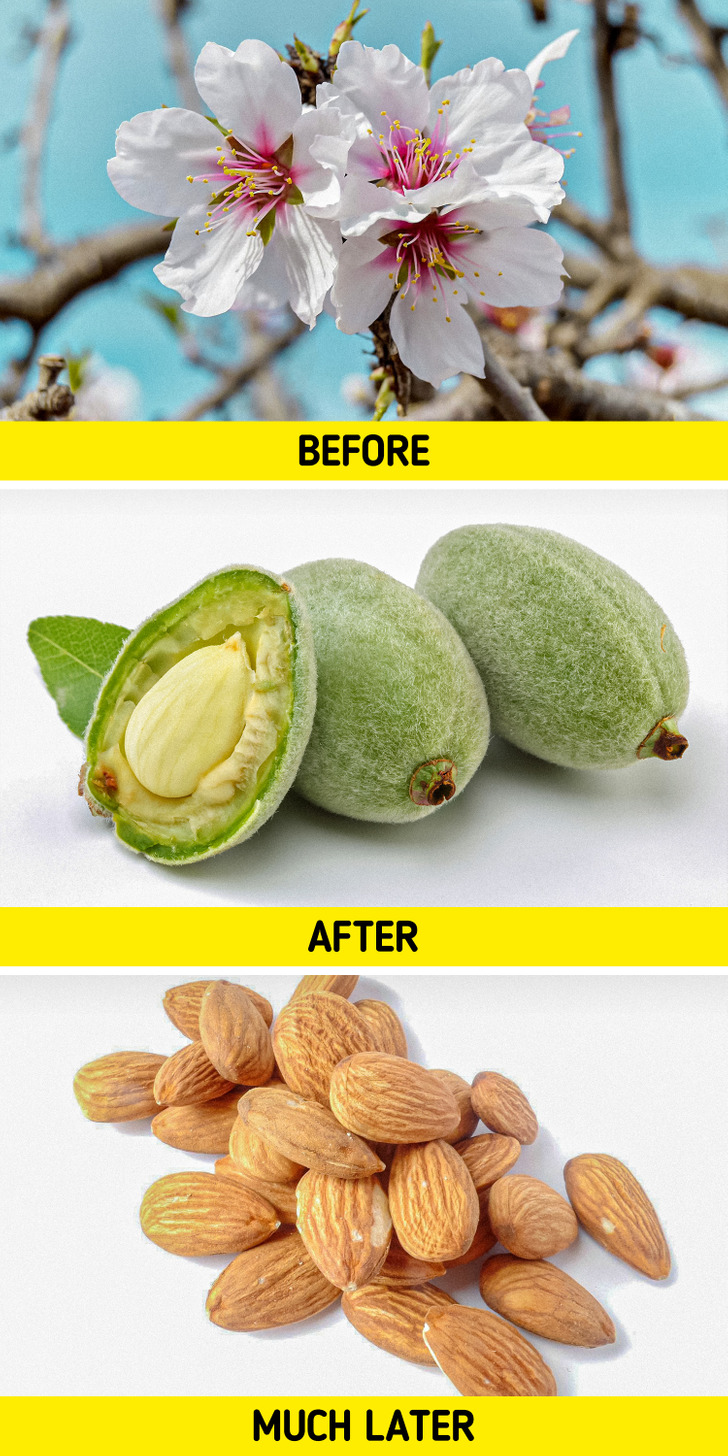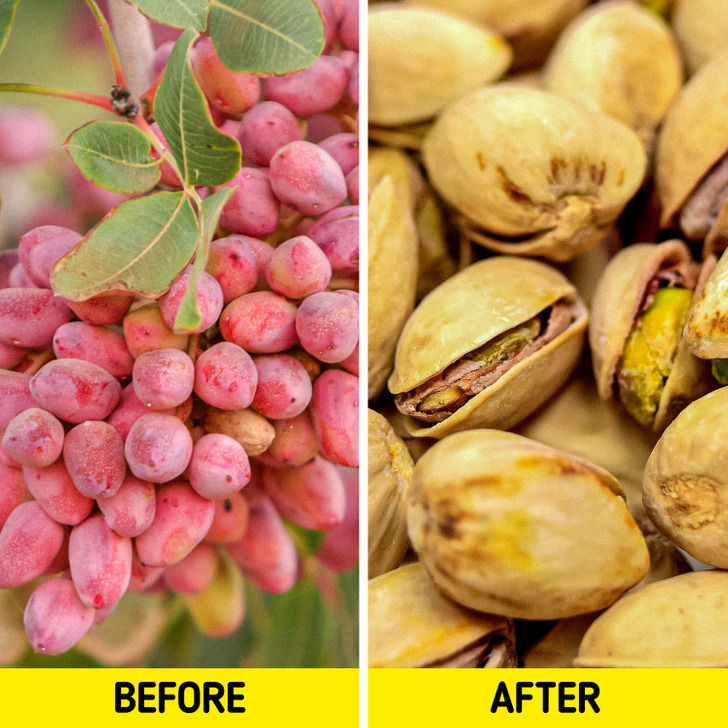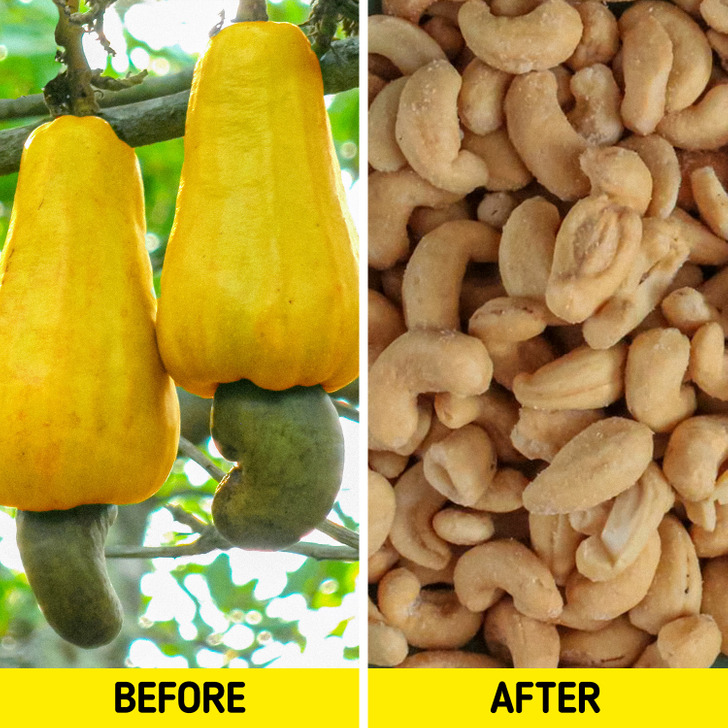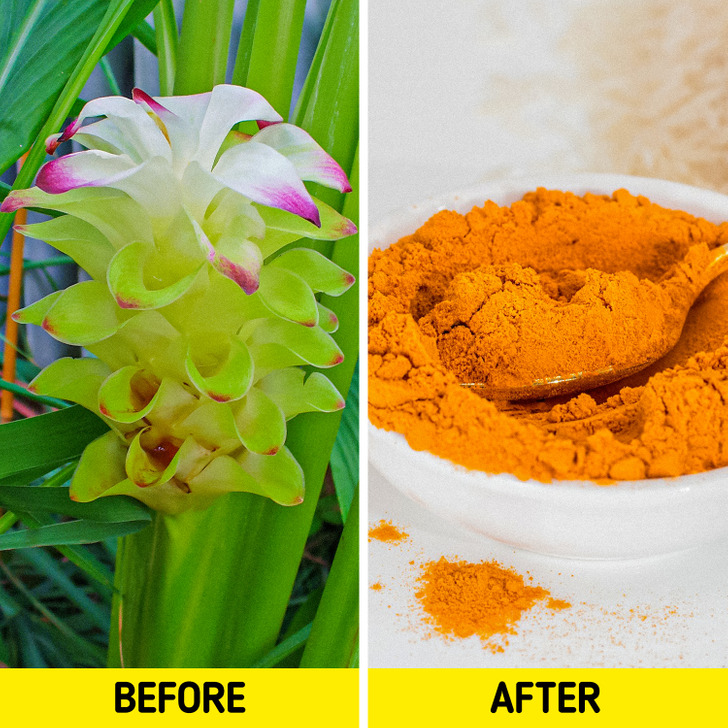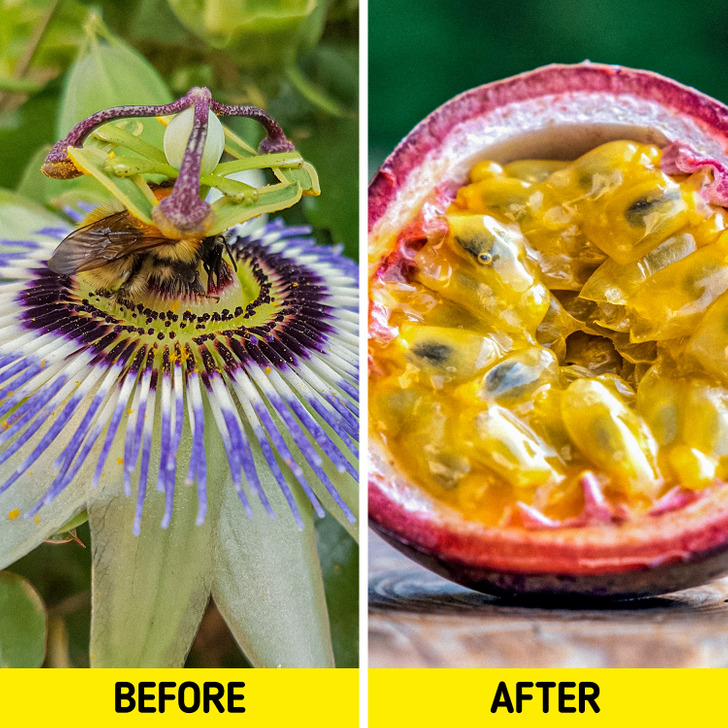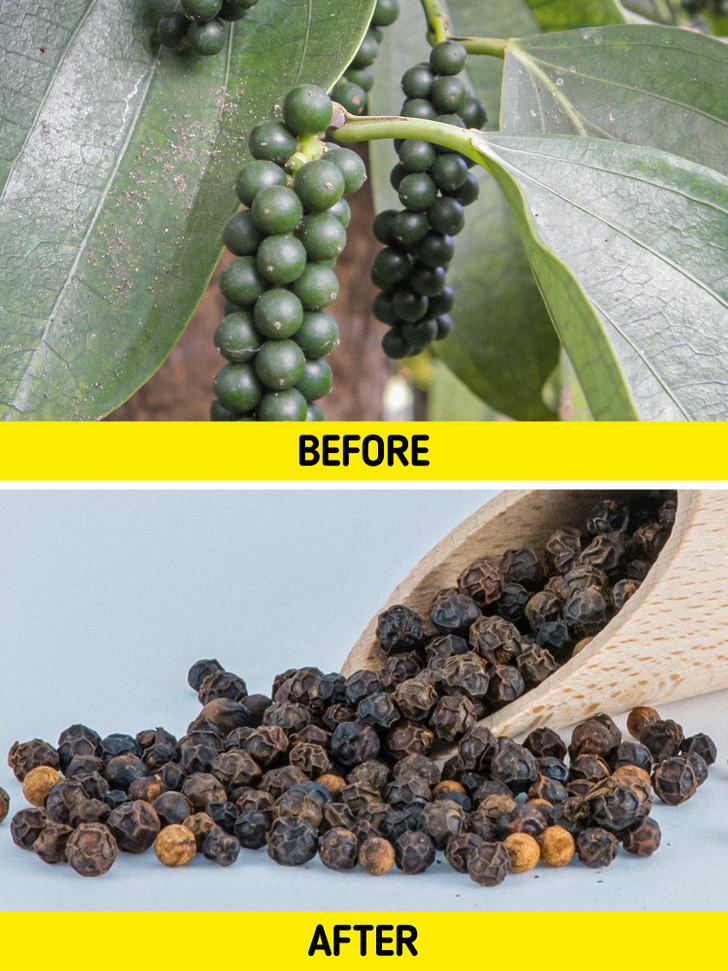What 10 Popular Foods Really Look Like Before You Buy Them at the Supermarket
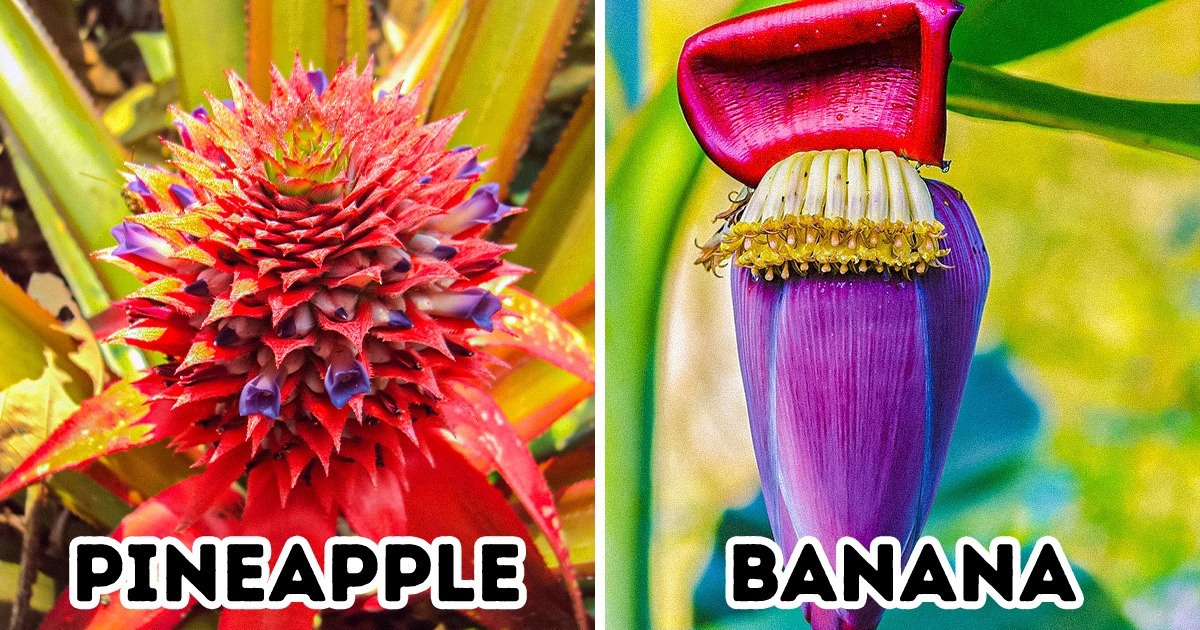
We’re all used to seeing the finished goods at a supermarket. But a lot of these products have really interesting ways of being cultivated and treated before being brought to us for their final consumption. Let’s not forget about their amusing appearance in the process. 5-Minute Crafts has got you covered on what certain popular foods look like before they arrive at your nearest grocery store.
1. Banana
It’s a common belief that bananas grow on trees. However, they’re actually high herbs that can grow up to 15 meters. It’s a perennial plant that can easily replace itself. Also, they don’t cultivate from a seed but from a rhizome or bulb. It usually takes around 9-12 months for bananas to grow. Consuming this fruit has the following benefits:
- Bananas may improve blood sugar levels.
- They help in losing weight.
- They support exercise recovery.
2. Sesame
Sesame grows in areas that aren’t good for other crops. It also needs little farming support. Drought conditions can sometimes even grow sesame. The area must have high heat with leftover moisture after the rainy season is gone or even when there’s no rain or heavy rains. It’s deemed as a survivor crop. Including sesame seeds in your diet has the following advantages:
- Sesame seeds stop cell mutation.
- It fights inflammation.
- It prevents liver damage and aging as well.
3. Peanut
Peanuts are actually legumes which by definition are edible seeds enclosed in pods. Peanuts grow below the ground, but they flower above the ground, which is unlike other nuts like almonds and walnuts, that grow on trees. Eating peanuts has benefits like:
- It lowers cholesterol levels and the risk of diabetes.
- It aids in weight loss.
- It promotes heart health.
4. Pineapple
Pineapples are neither pines nor apples, they’re berries. They’re a bunch of individual berries contained in a single stalk. In other words, they’re a collective fruit instead of a single fruit. One pineapple plant can only cultivate one pineapple at a time. Also, they tend to ripen faster if they’re kept upside down. Pros of consuming pineapples are as follows:
- Pineapples help in improving digestion.
- It boosts immunity and may ease the symptoms of arthritis.
- It promotes a speedy recovery after surgery or heavy exercise.
5. Almond
Almonds belong to the rose family called Rosaceae — peaches and apricots are a part of it too. When it comes to their cultivation, almonds are dependent on wild bees and honeybees for pollination. No bees equal no almonds. The immature green almond shown above can be preserved and pickled as well. They can grow in hot weather and cool winters. Almonds have the following advantages:
- Almonds promote bone health and gut health.
- They also help in controlling sugar levels.
6. Pistachio
Here you need one male pistachio tree in the center and 9 female pistachio trees around it. The former has the male flowers, and the latter of course has the female flowers. The pollen from the male flower needs to travel to female trees with the help of winds because only female trees can produce fruit. Consuming pistachios has the following benefits:
- Pistachios are low in calories and high in proteins.
- It can help with weight loss.
- It also boosts healthy gut bacteria.
7. Cashew
Cashews grow well in the dry season, mainly in winter. This is when trees flower and can be harvested after a couple of months. The plant grows as a green nut with a puny apple. When the apple turns red and the nutshell becomes grey and falls off the tree, it’s ready to be harvested. Eating cashews has the following benefits:
- Cashews reduce cholesterol, heart disease, diabetes, etc.
8. Turmeric
Turmeric belongs to the same family as ginger, called Zingiberaceae, and can be used as a dye, a cosmetic, and a lot more. It is the root or rhizome of the plant that can be used for the aforementioned purposes. While growing, turmeric produces beautiful white flower spikes, as shown above, and it needs well-drained soil, a frost-free climate, and other factors in order to cultivate. The active component in turmeric, called curcumin, has many benefits like:
- It lowers the risk of heart diseases and may be used in treating Alzheimer’s.
- It relieves the symptoms of arthritis.
9. Passionfruit
Passionfruit is basically a climbing vine that is sturdy and fast growing. These vines have big three-lobed leaves and tiny tendrils that tend to wrap around anything near them, and they produce beautiful flowers while growing. This fruit has the following benefits:
- Passionfruit provides key nutrients like vitamin A, vitamin C, iron, fiber, etc.
- They’re loaded with antioxidants that keep the body’s systems healthy.
10. Black pepper
Black pepper is grown from dried peppercorn fruit and is green when harvested. They tend to change color when they’re dried. Including black pepper in your diet has the following advantages:
- It’s loaded with manganese that boosts bone health, metabolism, and wound healing.
- It also protects your cells and improves your digestive health.
